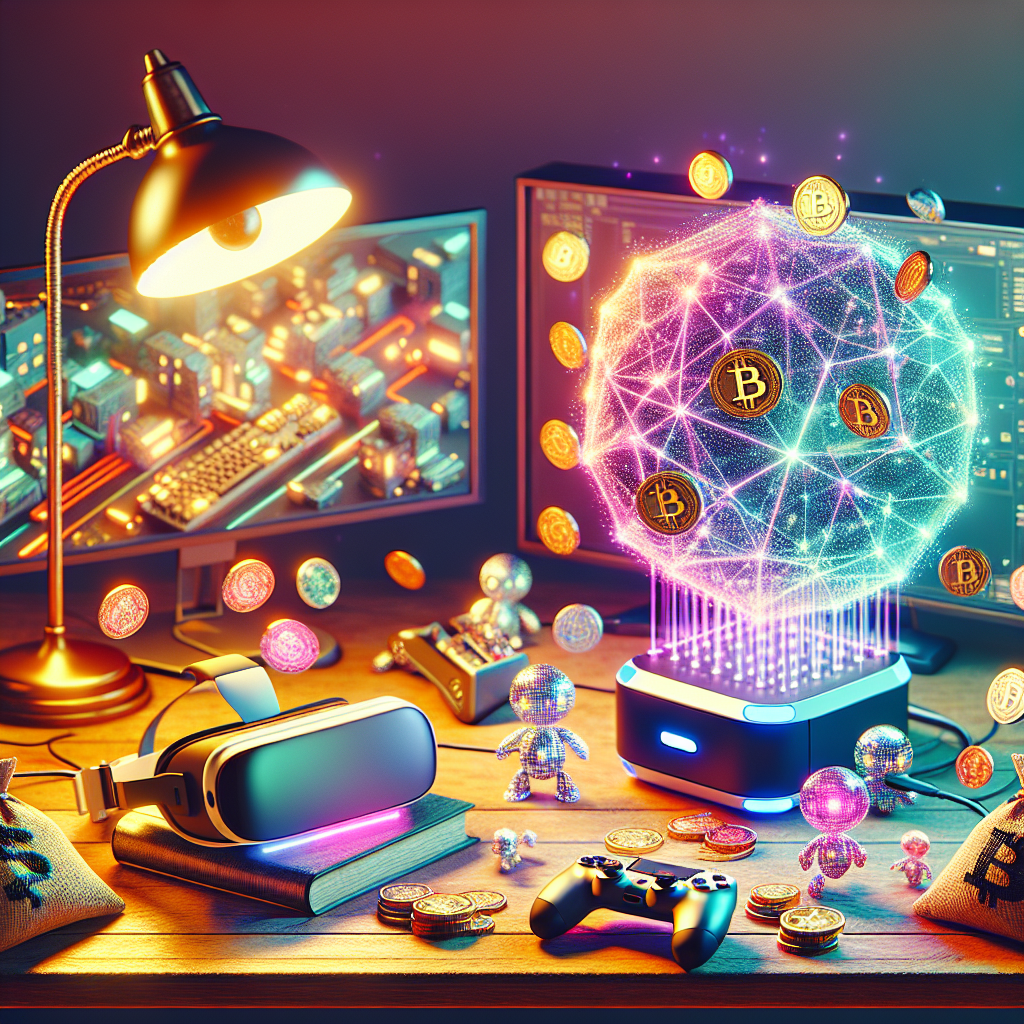Leveling Up: The Rise of Web3 Gaming
The Evolution of Web3 Gaming
\n\nWeb3 gaming has rapidly transformed from a mere experimental concept to a burgeoning industry. By harnessing the power of blockchain technology, these games offer players unique assets and customizable experiences that were previously unimaginable. Driven by statistics showing that the global gaming market is expected to reach over $200 billion by 2023, developers are actively exploring how blockchain can enhance traditional gaming models.
\n\nWhy Blockchain Matters in Gaming
\n\nBlockchain provides transparency, security, and true ownership of in-game assets—factors that have resonated with players worldwide. Unlike traditional games where virtual goods are usually confined within a single game, blockchain games allow players to sell, trade, and even lease their items across various platforms. This fosters a player-driven economy and empowers users to truly possess their in-game achievements.
\n\nLearn more about how blockchain is revolutionizing the gaming industry.\n\nIntroducing GameFi: The Intersection of Gaming and Finance
\n\nGameFi, a portmanteau of 'gaming' and 'finance', represents the convergence of decentralized finance (DeFi) and gaming. By integrating DeFi elements into games, players not only engage in traditional gameplay but also earn financial rewards. This paradigm shift enables gamers to profit from their skills and time investment, effectively bridging the gap between gaming and financial gain.
\n\nKey Elements of GameFi
\n\nSeveral features set GameFi apart, including play-to-earn models, non-fungible tokens (NFTs), and decentralized autonomous organizations (DAOs). These components create an ecosystem where players have governance rights and the ability to earn and trade real-world value through blockchain technology.
\n\nDiscover more about the fundamentals of GameFi.\n\nChallenges Facing Blockchain and Web3 Games
\n\nWhile the potential is vast, blockchain and Web3 games face significant challenges, such as scalability issues, high transaction fees, and complex user onboarding processes. These obstacles can deter new players unfamiliar with blockchain technology, thus stifling widespread adoption. Developers continuously strive to create more accessible and efficient solutions to overcome these barriers.
\n\nSolving Scalability and Cost Issues
\n\nLayer 2 solutions, sidechains, and other innovative technologies are rapidly evolving to address these challenges. Projects like Polygon, for example, offer faster transaction speeds and lower costs, providing a more user-friendly experience for both gamers and developers.
\n\nExplore more about scaling solutions for blockchain gaming.\n\nThe Future of Web3 and Blockchain Gaming
\n\nThe future of Web3 gaming is promising, as more players and developers recognize its potential. The ability to create, own, and monetize content could lead to a new age of gaming—one where financial incentives align with gameplay. As technology advances, we can expect richer, more immersive experiences that will redefine how we interact with digital worlds.
\n\nInnovative Game Titles Leading the Charge
\n\nGames like Axie Infinity, Decentraland, and The Sandbox continue to push the boundaries of what is possible in the space. Each title contributes unique mechanics and serves as a blueprint for future innovation, offering a glimpse into the limitless opportunities blockchain gaming can offer.
\n\nFind out more about the top trending blockchain games paving the way for the future.\n\nConclusion
\n\nAs blockchain integration becomes more mainstream, web3 games are set to revolutionize the gaming landscape. By offering decentralized, transparent, and player-centered experiences, they provide a compelling alternative to traditional gaming models—one where players are truly in control and significantly rewarded for their participation.
